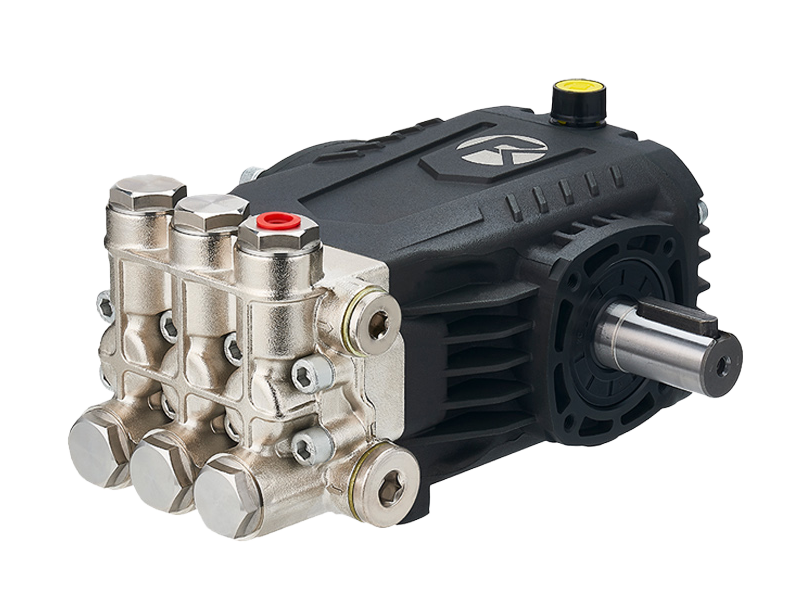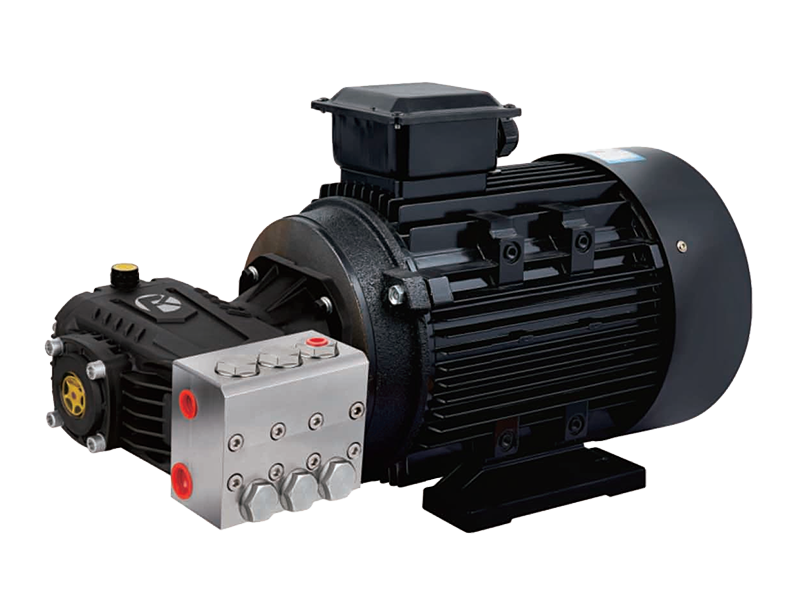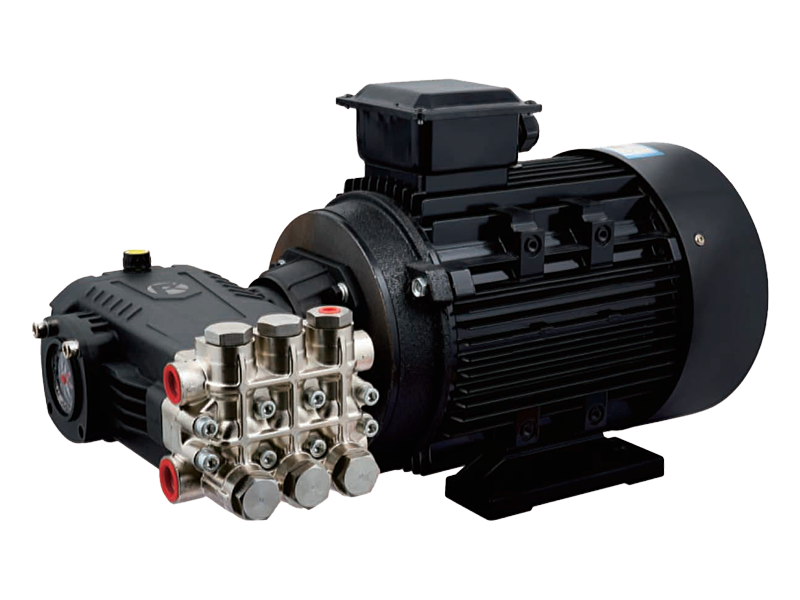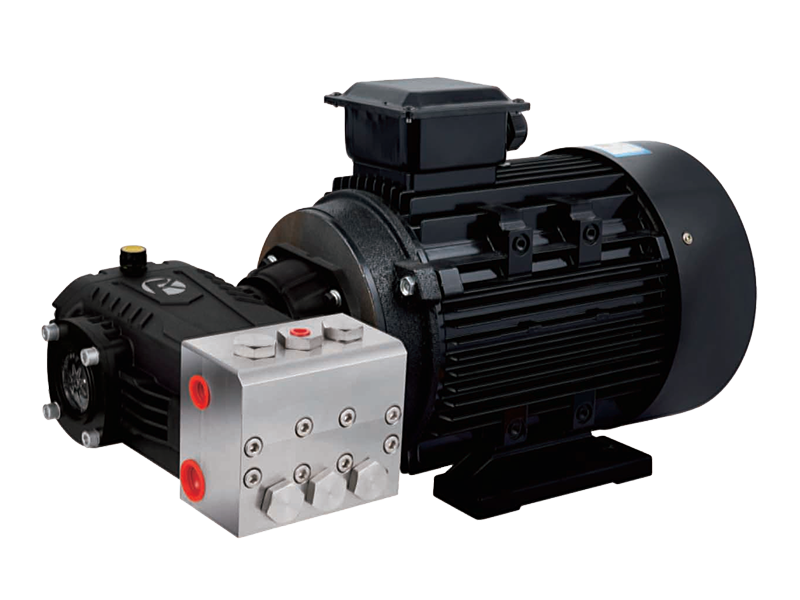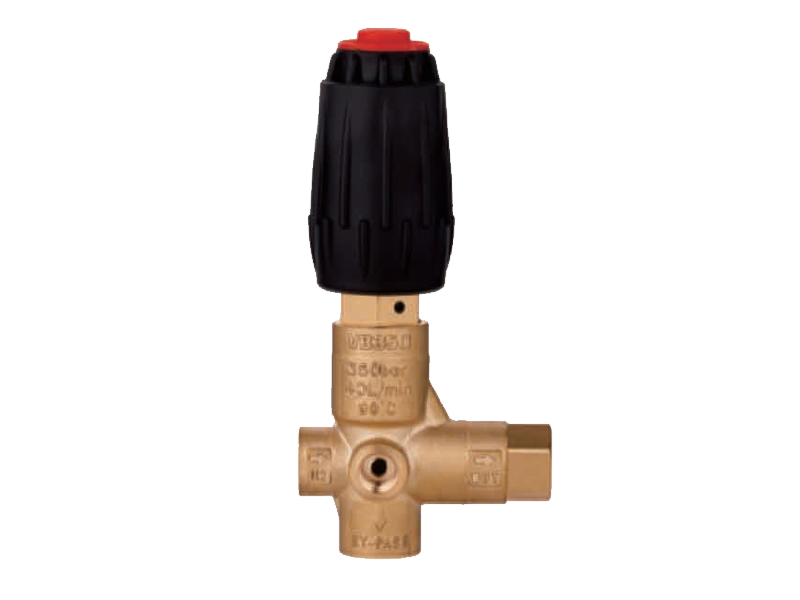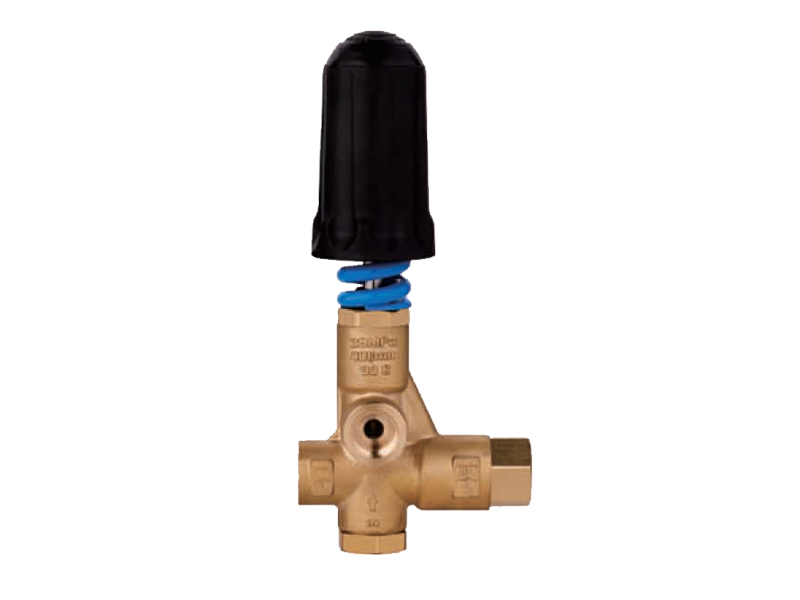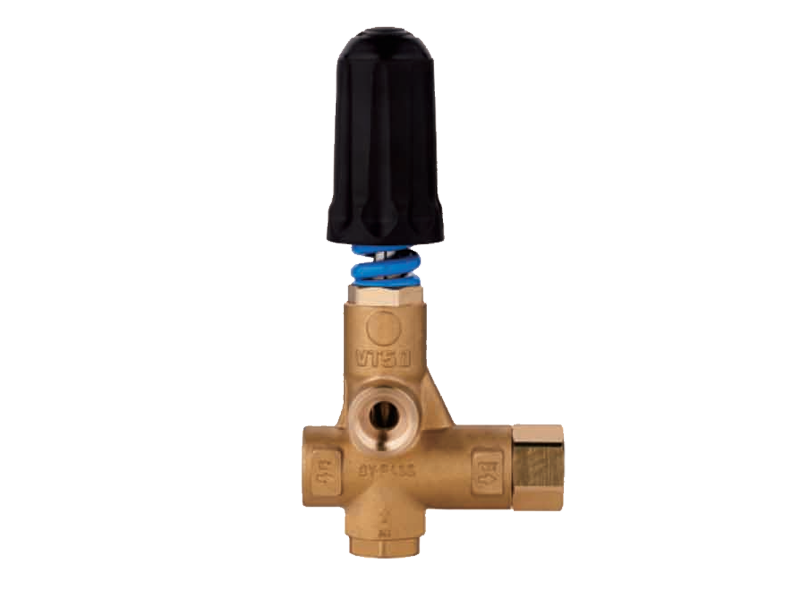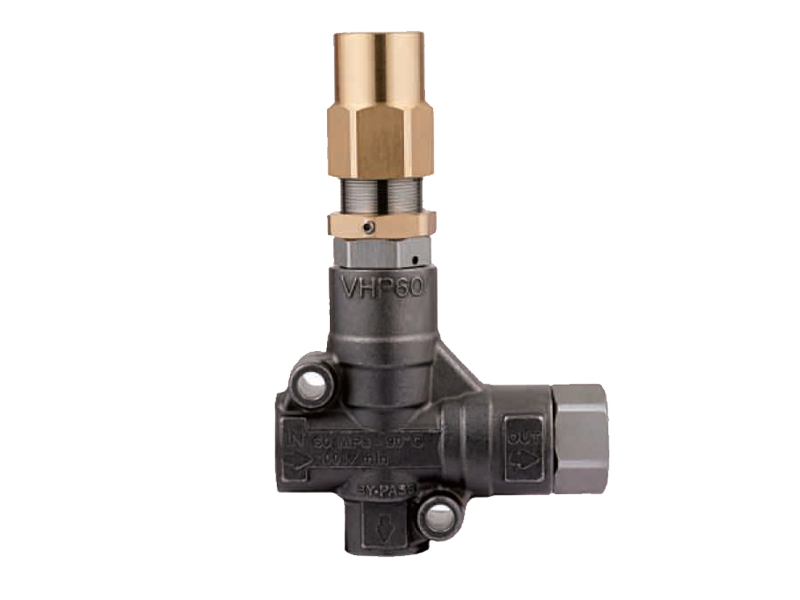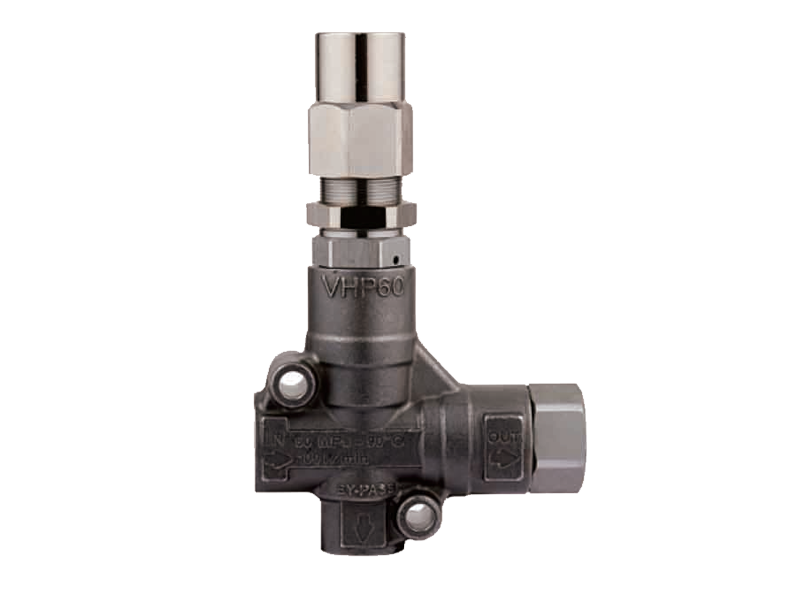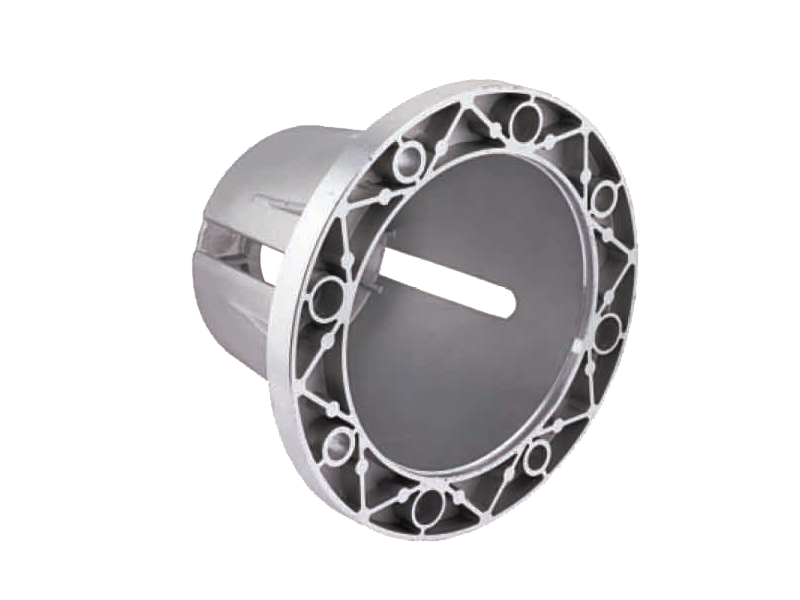How to Choose Between Washer Safety Valves and Pressure Safety Valves for Different Applications?
Two common types, regulator safety valves, washer safety valves, and pressure safety valves, each serve their unique purposes and are chosen based on specific application needs. This article aims to guide you through the nuances of selecting between these valves, ensuring that your application benefits from appropriate choice.

Understanding the Basics
Regulator safety valves are designed to control pressure by relieving excessive pressure in a system. They play a pivotal role in maintaining the stability and safety of fluid systems. On the other hand, washer safety valves and pressure safety valves are specialized types that cater to specific requirements. Washer safety valves are known for their precision and reliability, often used in applications where tight sealing is essential. Pressure safety valves, conversely, are designed to protect against overpressure by releasing excess pressure when it reaches a predetermined threshold.
Application-Specific Considerations
When choosing between regulator safety valves, washer safety valves, and pressure safety valves, step is to assess the specific needs of your application. Regulator safety valves are ideal for applications where precise pressure control is necessary. They maintain a constant downstream pressure, regardless of changes in flow rate or upstream pressure. This makes them suitable for applications such as gas distribution networks and industrial processes that require stable pressure conditions.
Washer safety valves, with their robust sealing capabilities, are often the preferred choice for applications where there is a risk of leakage or where maintaining a tight seal is crucial. They are commonly used in steam systems, high-pressure processes, and anywhere else that demands a high level of safety and reliability. The unique design of washer safety valves allows them to provide a high level of sealing, thus preventing the escape of fluids or gases.
Pressure safety valves, as their name suggests, are designed to protect systems from overpressure. They are widely used in applications where there is a risk of pressure buildup, such as in heating systems, pressure vessels, and power generation plants. These valves are essential in preventing explosions or equipment damage that could result from unchecked pressure increases.
Comparative Analysis
When comparing regulator safety valves to washer safety valves and pressure safety valves, it's important to consider factors such as the operating pressure, temperature, and the type of fluid involved. Regulator safety valves are versatile and can handle a wide range of operating conditions, making them a popular choice for many applications. However, their primary function is to regulate pressure rather than to act as a safety device.
In contrast, washer safety valves and pressure safety valves are more specialized. Washer safety valves excel in applications where high sealing integrity is required. They are often specified for high-pressure steam applications, where the risk of leakage could cause significant damage or safety hazards. Pressure safety valves, meanwhile, are chosen for their ability to protect against overpressure, making them ideal for applications where pressure fluctuations are common.
Conclusion
In conclusion, the choice between regulator safety valves, washer safety valves, and pressure safety valves depends on the specific requirements of the application. Each type of valve serves a distinct purpose and offers unique advantages. By understanding the differences between these valves and considering the specific needs of your system, you can make an informed decision that ensures both the efficiency and safety of your operations. Whether you're dealing with a complex industrial process or a simple home heating system, the right safety valve can make all the difference.


 English
English Español
Español русский
русский